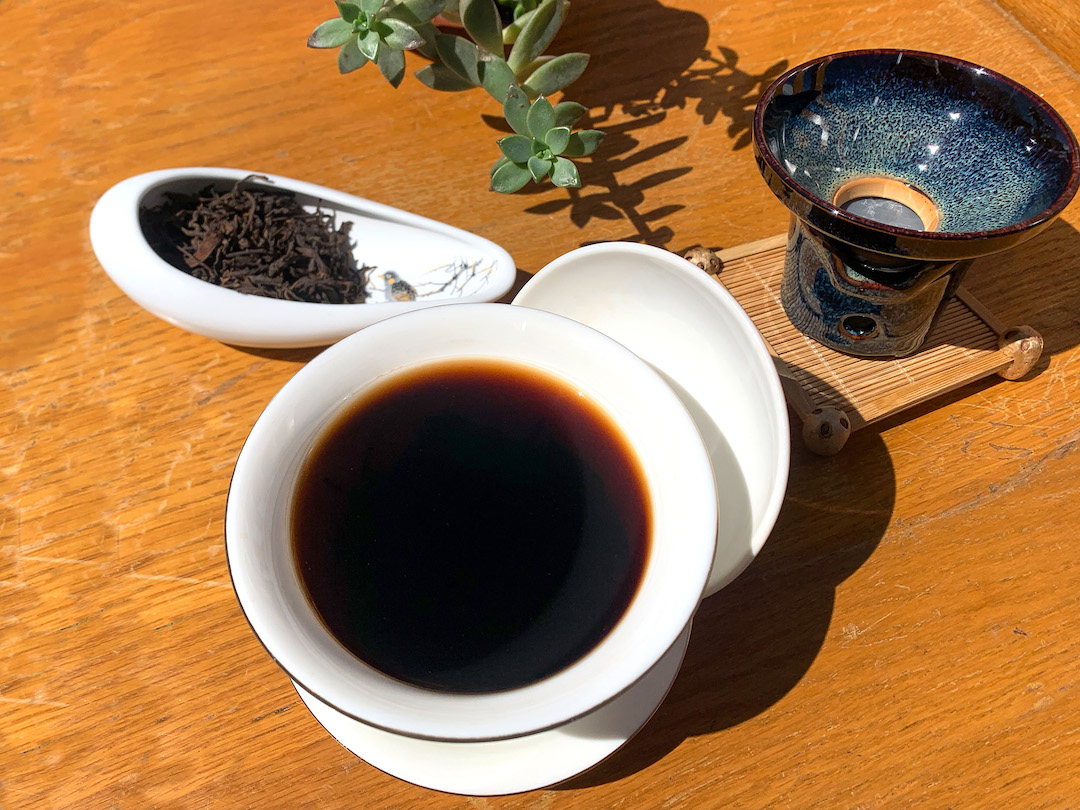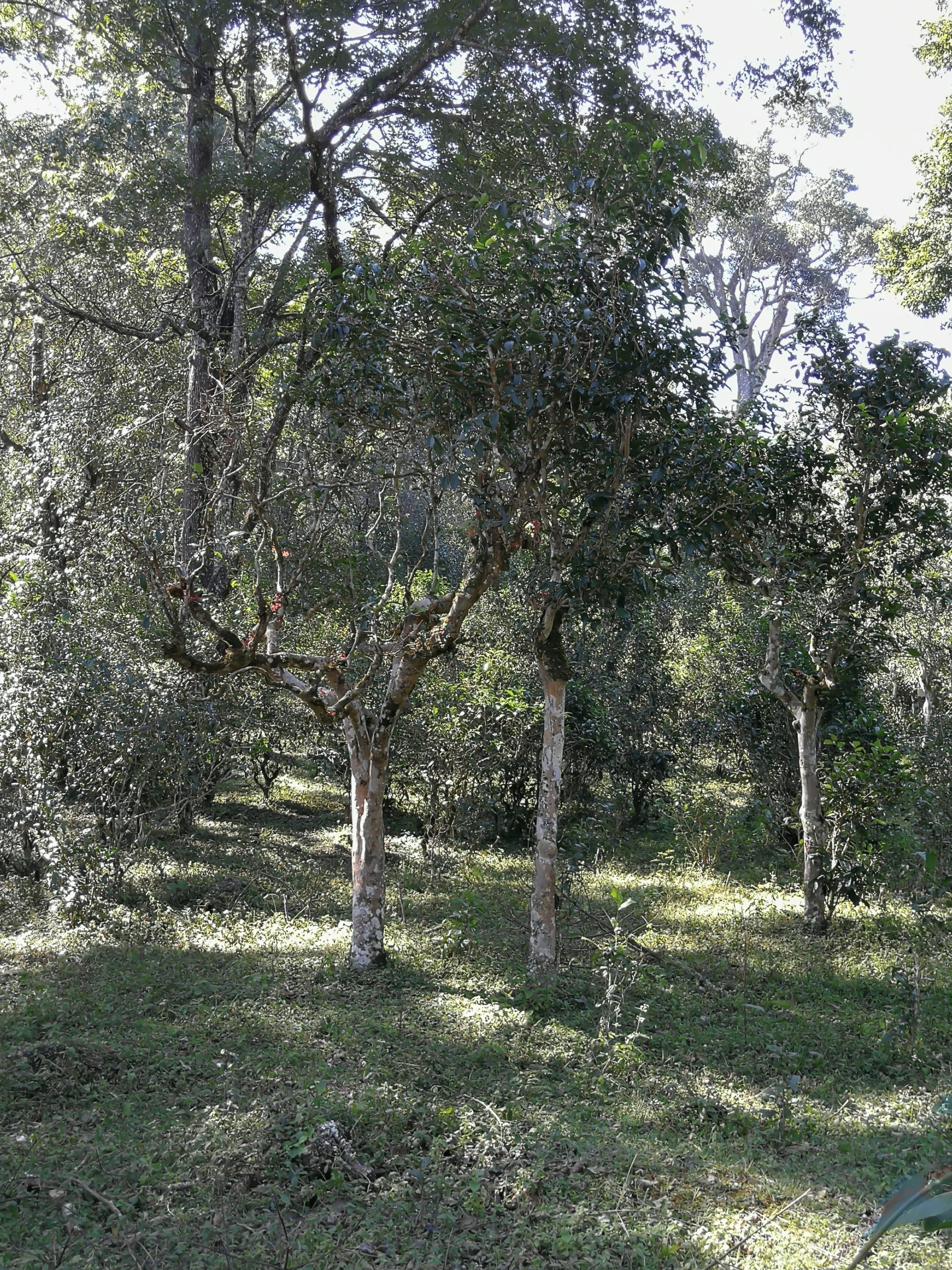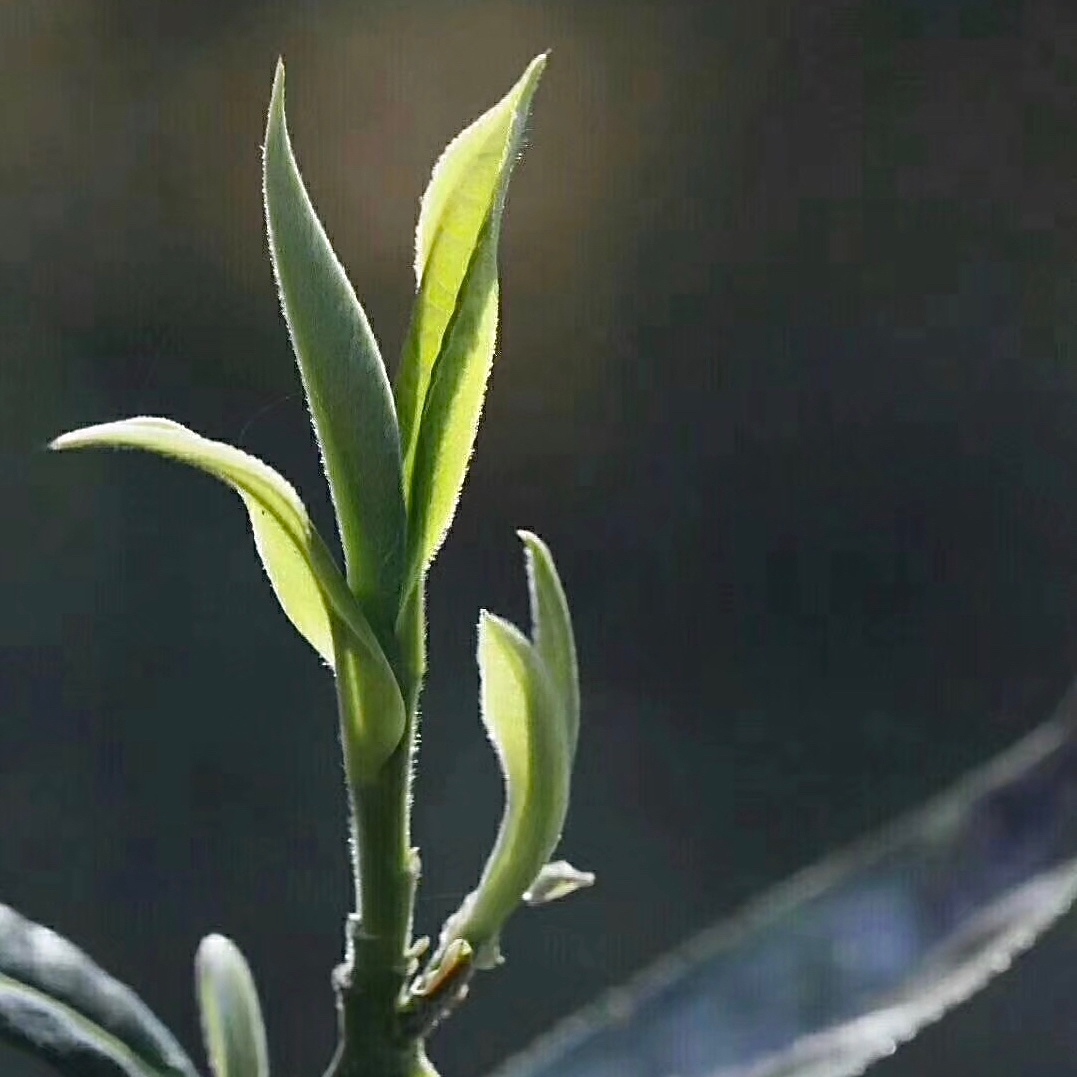Newsletter Archive Mar. 25, 2022

A few weeks ago, we surveyed you on what new teas you’d like to see this year. Thanks to everyone who responded!
As expected, you had some thoughtful ideas on what to bring in. Something that we didn’t expect, though, was that the humble category of Shu Puer topped the list as your most requested tea.
Zhuping didn’t waste any time acting on your request and immediately brought in a small lot of something new from our friends in Yunnan.
Meet Muzhi Xiang (Sweet Timber), a shu puer made entirely from leaves grown on Jingmai Mountain. Dark, woodsy, smooth, sweet and persistent – more than just flavor, this tea conveys an ambiance. When tasting this tea we found ourselves abandoning the standard tasting lexicon and trying to compare it to the scent of places as we stared into our pitch black cups. “This tea is like walking into a wood shop,” someone said. “Or maybe a tack room,” said someone else. “Or smelling the bark on an old fallen log in the forest.”
To go with Sweet Timber’s debut, we’re also showing off its older brother, a naturally aged sheng puer from the same origin, the 2007 Jingmaishan Sheng Puer Cake. It boasts an herbal, old wood, and jammy preserved citrus character. Its 15 years of aging have made a cake with layers. Don’t sleep on this one.

The origin of these two teas, Jingmai Mountain, is well known for both the density of its woods and the diversity of ethnic groups that live there. People from Bulang, Hani, Dai, Yi, Wa, and Han Chinese ethnic groups all call Jingmai home. Each group has a distinct culture, but their cultivation and celebration of tea are unanimous.
Years ago in Jingmai, a traveler on one of our Tea Tours asked a Bulang elder: “With the forest here so thick, how do families know where their land begins and ends? How do they know who’s allowed to pluck tea from what plants?” The elder replied that it’s only natural that the people of Jingmai all know their land with absolute precision. These forests are both their home and livelihood, and it’s been that way for generations upon generations.
Don’t miss this weekend as a chance to taste two teas from the people and terrain of this long-revered origin.
Spring Tea Update
Last week’s lockdowns in China’s export hubs are beginning to ease, but the back-up on outgoing shipments remains. Our first delivery is awaiting export via air freight through Shenzhen. Our sources estimate that the shipments will be moving again next week. If so, we’re likely to see the first round of spring tea available around the second week of April. We’re awaiting the first spring teas as eagerly as you are, and we’ll keep you updated as the situation continues to change.

